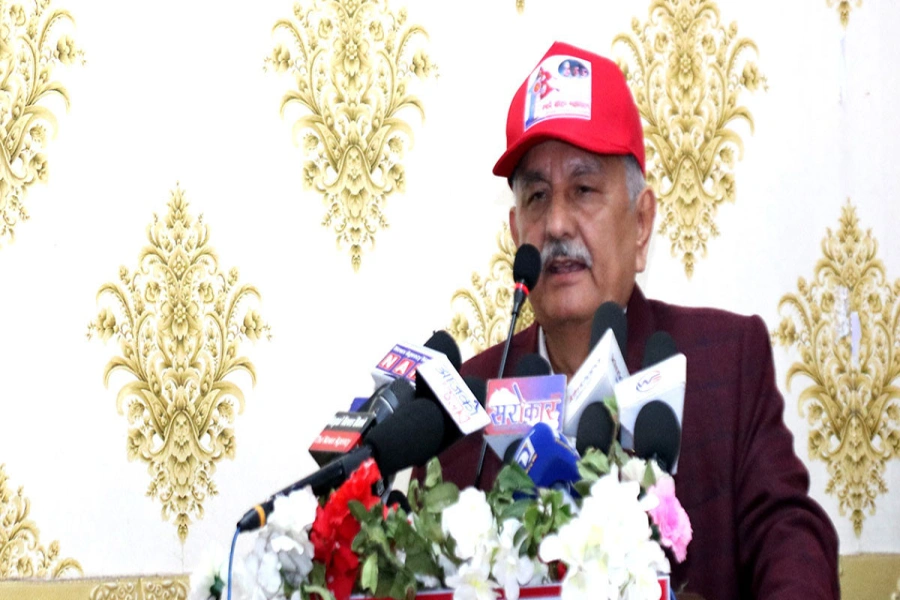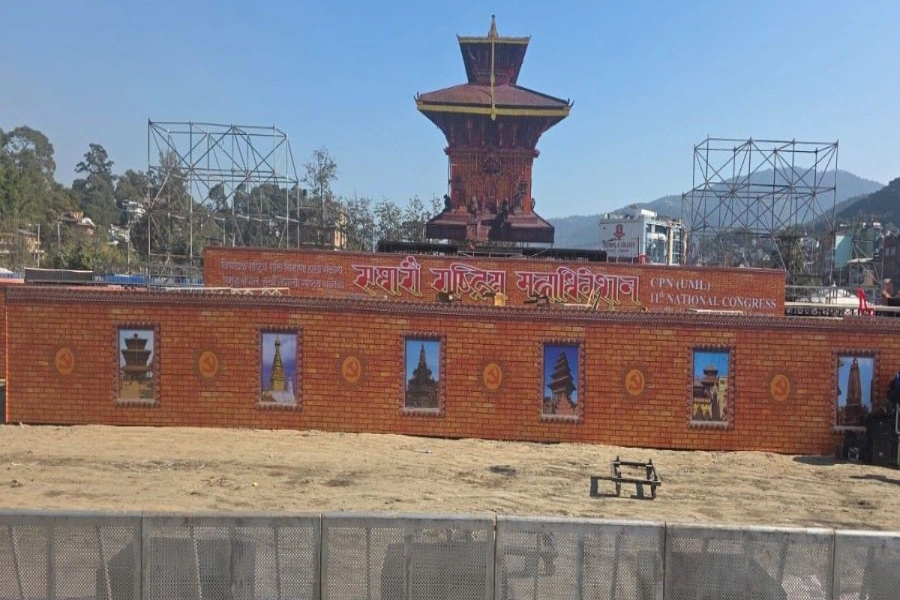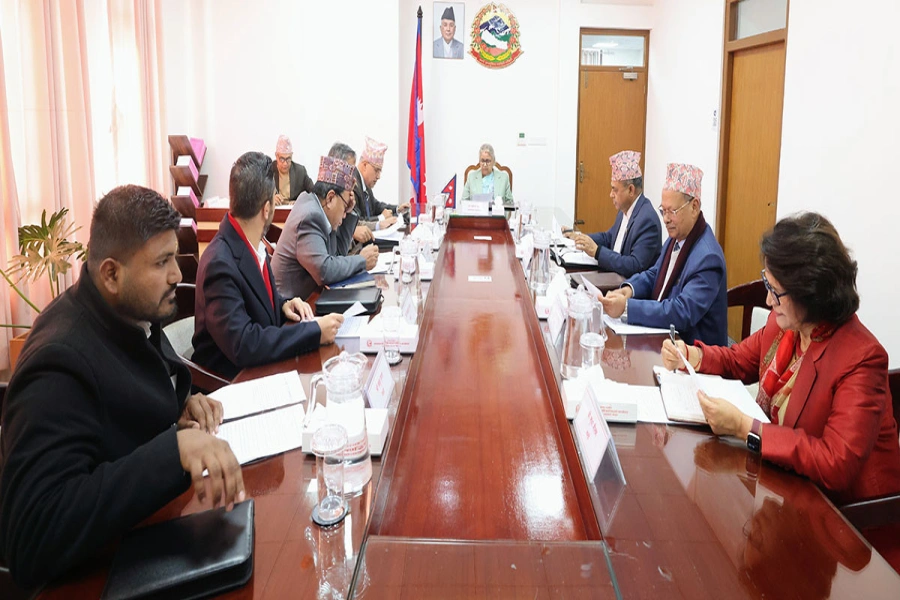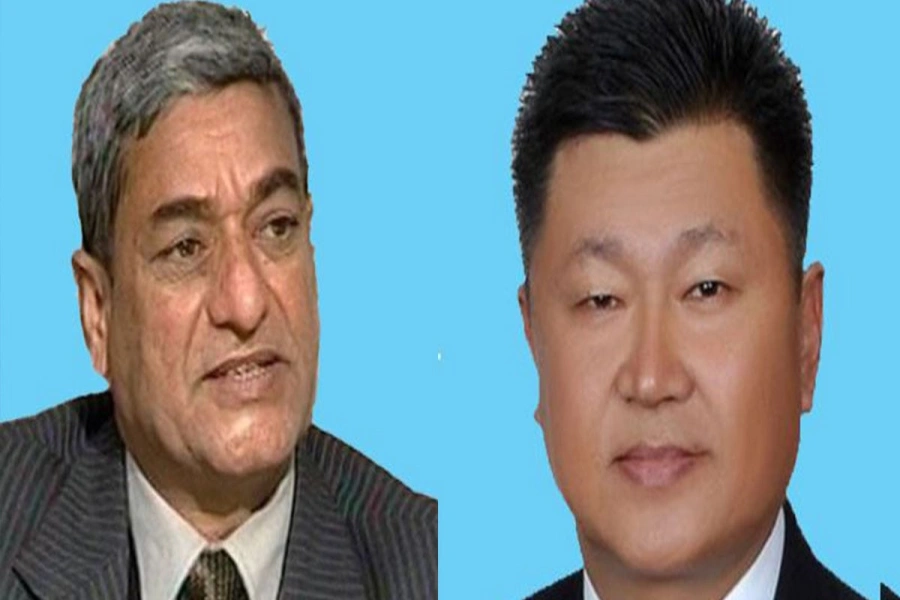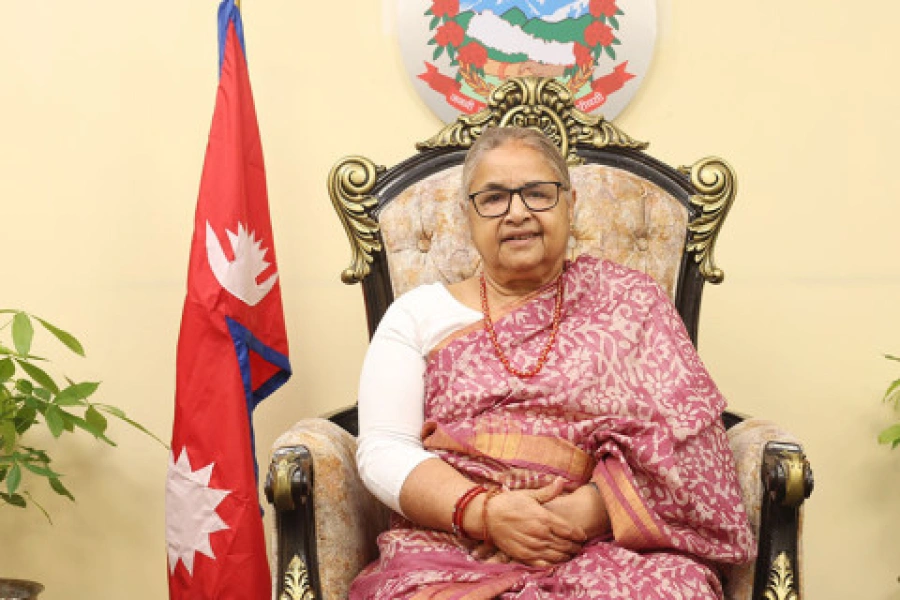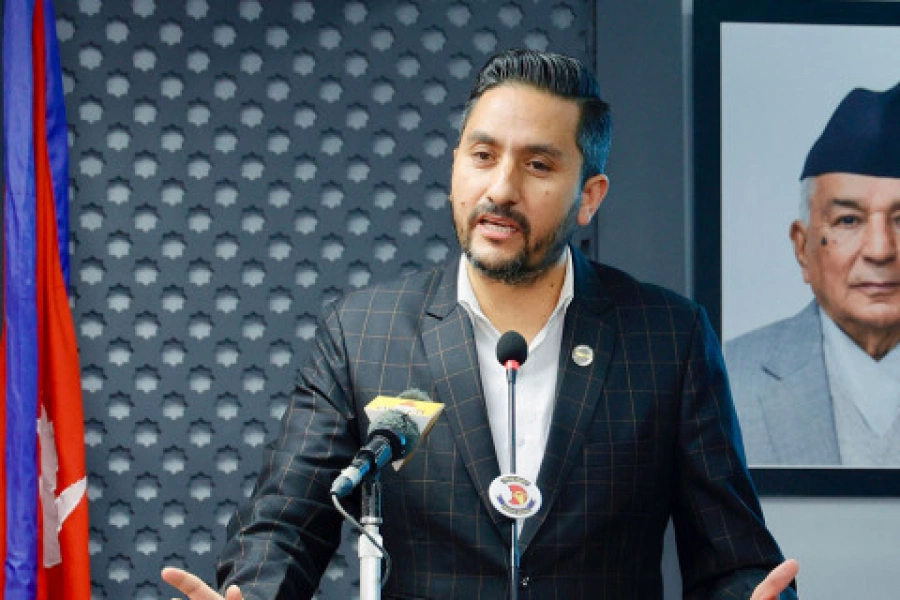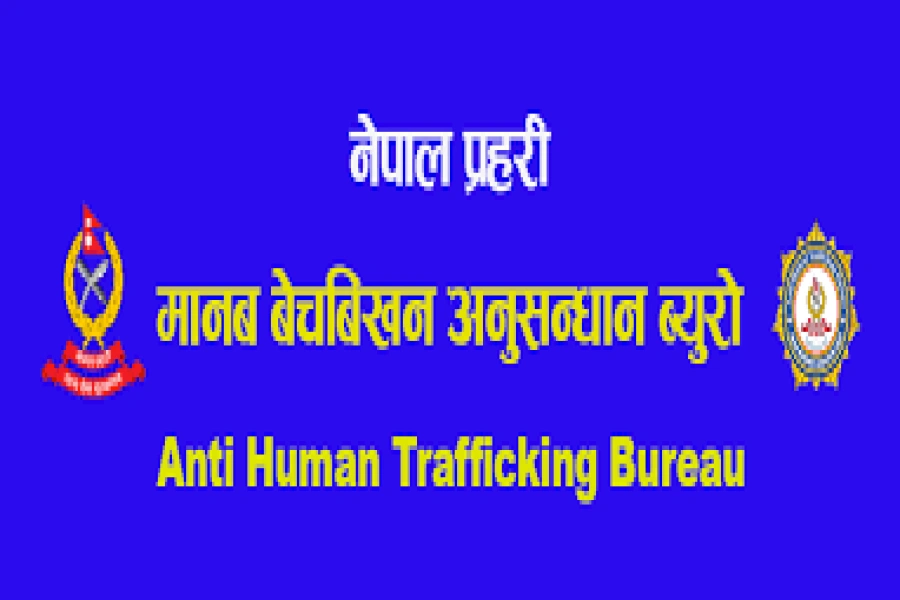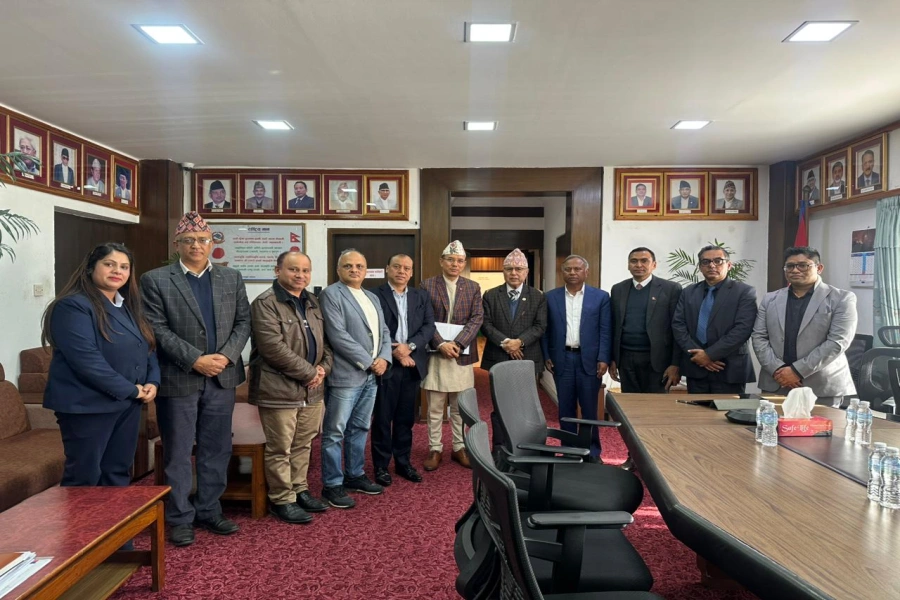Key lessons from Guthis’ resistance to the State’s neo-liberal development
For many people, the indigenous people’s protest in Nepal against the Guthi Bill in 2019 is now done and dusted. But for many indigenous peoples, it is still an underlying threat and a moment in history that cannot be easily forgotten. Yes, the government of Nepal officially withdrew the highly controversial Guthi Bill on 25 June 2019. It was the first time an incumbent Nepali government had withdrawn a bill it introduced to parliament, following a period of sustained and widespread street protests by the Newar community in the Kathmandu Valley. For the indigenous Newar communities, the Bill was a blatant attack on their indigenous culture, religion, and heritage by a neo-liberal state. This attack cannot be easily forgotten or forgiven, neither there is a guarantee that this nature of attack will not come back to haunt the Indigenous peoples, not just Newars but also other indigenous peoples, given that Nepal’s central government and bureaucracy is driven by non-indigenous leaders, holding the neo-liberal developmentalist agenda at heart and mind. Then, the question here is: what are the lessons from the ‘Guthi Bill Crisis’ for the Nepali government and the indigenous movement going forward?
Building indigenous resistance early on
With a two-thirds majority in parliament, the Nepal government tabled a highly controversial Guthi Bill in the National Assembly on April 29, 2019. Its stated aim was to consolidate all legislation related to Guthi, nationalize all Guthi (both public and private), regulate religious sites and propose a powerful commission, a Guthi Authority, replacing the current Guthi Sansthan to manage all Guthis efficiently in the days ahead. The provision in the Bill allowed the new Guthi Authority to acquire, use and sell both movable and immovable Guthi property. This meant that all properties, including the land of about 1.45 million ropanis controlled by 2,335 Public and 2,600 Private Guthi across the country, were to be brought under the state control, which could be privatized in the name of 'efficiency' and 'responsible politics' and generate revenue for the government - driven madly by the discourse of the so-called 'economic growth' and 'prosperity'. The government's Guthi Bill received a serious objection from the Newar communities, who protested hard, demanding the immediate withdrawal of the Bill. The Newar communities smell a rat in Guthi Sansthan. The Bill was withdrawn. A vital lesson here for the iIndigenous movement in Nepal is to identify the underlying interests of the State, which is driven by the non-indigenous leaders, as early as possible. The indigenous leaders must develop, communicate and sustain a successful resistance movement by mobilizing the people in cities so that the government leaders start to notice quickly.
State’s politics of misrecognition can reoccur anytime
Book on indigenous peoples' rights in Nepal launched

The Nepali State mis-recognised the Guthis as being inefficient, ineffective, and unscientific. Therefore, the Guthis were seen as wasteful of the potential national revenue, not responsible because they would pay no or minimal tax, and the current system allowed a large parcel of land under Guthi to profit the priests or some management committee members. The protest was seen as an outcry from some people benefiting from Guthi land. However, underneath this simplistic discourse, problems were deeply seated. First, the Bill failed to recognize that the Guthis were not just economic resources to be used and abused, failing to consider the Guthis being deeply ingrained with the culture, identity, and heritage of millions of Newars. Indeed, the Guthis have been the institution and way of living. Second, the Bill’s proposal for the nationalization of Guthi, and with its inbuilt flexible provisions to sell and generate revenue, indicated a motive that the government wanted to grab the land from the Newars, sell the land to commercial developers (land mafia) and generate profit to a limited number of people, possibly involving many political leaders. This politics of profit over pride was seriously problematic as it undermined the very foundations of Newari society and a culture that has been the pride of Nepal for centuries. This is an example of misrecognition of indigenous people in which the State was either unable or unwilling to understand and engage with the indigenous cultures. The lesson here is to be alert that this nature of misrecognition is systemic and can happen anytime because the State institutions and leadership are not shaped to that purpose. The indigenous leaders and institutions must be prepared to proactive advocacy and activism to educate and alert the non-indigenous leaders and bureaucracy of the State.
Can indigenous leaders critically understand a misplaced rationale of the State?
A rationale provided by the Nepal government was that Guthi controlled so much land unfairly, especially when many farmers were forced to be poor and hungry because they were landless. With the promulgation of the new Constitution in 2015, redistribution of land to the landless has been considered vital to alleviate poverty. The rationale was that the proposed Bill was a strategy to manage the land responsibly for the public good. Nevertheless, this argument did not hold ground because, first, no specific provisions existed to ensure land redistribution to the landless. Second, most Guthi lands were in cities and towns, not suitable for farming, but the prime locations for real estate. This raised a serious question about the real intent of the Bill. Third, the nationalization of community resources and heritage forcefully as a land redistribution strategy to alleviate poverty and hunger was irresponsible and wrong of the government. No wonder why many Newar people feared the Guthi Authority and Government being on a mission to wipe out the cultural Newari heritage as the Authority can become a recruitment ground for party cadres and business mafia who had little or no knowledge and no attachment to the Newari society. Worse still, as the protest intensified, many Newars were forced to consider this Bill as waging war against them, which was potentially dangerous as the Newari communities had significant leverage over the politics and political economy of the country. The questions here are: Are indigenous leaders competent to understand the trick and trickery of the neoliberal markets and developmentalist State? Critical self-reflections and leadership development must also happen within the indigenous leadership.
Continuity of the practice of imposition over recognition
Indigenous peoples, academics and heritage professionals had expressed grave concerns over the proposed Bill as none of the stakeholders were seriously engaged in its development. This was reflected by many Newars being out on the street protesting against the Bill. Conversely, the Bill might not have generated this much controversy had the government consulted the most significant stakeholders – the Newars – while drafting it. This Bill could have been a good opportunity had the government highlighted the issues of dwindling income from the Guthi land, the need for accountability and transparency, and better managing the Newari rituals and festivals. A case could have been made to improve the governance of Guthis with due recognition of the changing social, political and economic contexts. Unfortunately, the government had shown what a nanny state would do, starting with the assumption that the Bill could be pushed through parliament on the strength of its two-thirds majority. The politics of imposition over recognition continues and this must be a fundamental basis of the indigenous movement in Nepal going forward.
Linking with the global indigenous movement of iIndigenous recognition
This Bill went against the global trend of increasing recognition of indigenous rights over land and cultures such as the Mabo decision in Australia, Navajo Nations in the USA, and Maoris in NZ. Despite Nepal being the first South Asian country to ratify the ILO no 169 on Indigenous and Tribal Rights in 2007, it is no wonder why the indigenous communities are still the most marginalized. The representation of indigenous people in the top political leadership has been almost nil, while the indigenous problems continue to be ignored or misinterpreted. The indigenous communities have been forced to tolerate the exclusionary practices for centuries. It would be unfortunate but unsurprising that the Guthi revolt would lay a foundation to a severe cultural war in Nepal. It is vital that Nepal’s indigenous movement must be linked with the global movements so that Nepali government’s future attempts can be resisted globally.
Preparing to adapt better
The proposed Bill marked the repeating history of 1964 when the introduction of Guthi Sansthan nationalized the Guthis across the country in the name of modernization, eroding cultures, crushing communities, and creating dissatisfaction among the Newari communities (Cultural Survival, 2019). The deep wounds are yet to be healed. Then again, history has repeated in the neo-liberal era, and the underlying force is the neoliberal discourse of 'economic development' and 'prosperity' that has been uncritically embraced by the Nepali leadership and public policy experts in bureaucracy. This capitalistic force, strangely championed by Nepal’s then communist government is undermining the indigenous systems, such as Guthis, partly because of the current leadership captured by the people of non-Indigenous background, and partly because of the political, economic forces highlighting ‘profit over pride’, ‘hunger over heritage’, and ‘imposition over recognition’. While the Nepali government was forced to withdraw the Bill, given that a repressive Bill was already on the table and the development of the Bill would have taken a while; it's reasonable that the Indigenous peoples should caste a serious doubt over the government's intent, capacity, and response to Indigenous issues in Nepal now and in the future. Many would like to argue that the time has come for the government to recognize the importance of indigenous cultures, identities and heritage, a meaningful and inclusive development and prosperity cannot be achieved in Nepal. Yet, the hegemonic paradigm of neo-liberal development continues to drive the development of Nepal, and the struggle for indigenous recognition remains. This requires local, national, and global solidarity of the indigenous movements. Essentially, this means indigenous peoples must be prepared to manage the process and outcomes of the neo-liberal development as best as they can to maximize their participation, voice and benefit.
Taking crisis as opportunity
Crises create opportunities. A real opportunity exists that should not be ignored here for the indigenous people as well as the government. Nepal's government must take the indigenous people seriously: to reflect and rethink on what forms and nature of 'development' might work for all Nepali people. The government must be responsive and responsible, rather than undertaking the politics of resistance and arrogance. When it can positively utilize the two-thirds majority in parliament, it can do legacy building work - to commence a fresh conversation, deliberation, and concrete action with the indigenous leaders for a range of issues and opportunities. The government must recognize that the leadership intent and capacity engaged in the development of the Guthi Bill was seriously flawed. The government must recognize, first and foremost, that it has messed up. Then, this conversation can seriously open, laying a foundation for guiding a breakthrough deliberation required for questioning nature and direction of Nepali development, rejecting the neo-liberal, capitalistic developmentalism that puts profit and wealth for a limited number of individuals at the center, and embracing inclusive development that places the indigenous and all Nepali people at the center. The ball really is in Nepal government’s court.
Yet, the indigenous leaders and movements must learn from this and many other crises (and the looming crises in the future). The struggle for recognition of the indigenous peoples continues. Effective resistance requires local, national, and global connections and solidarity. Indigenous leadership must realize that the polarization, self-isolation, and fragmentation within the indigenous communities in Nepal will not help this recognition movement. They must unite for a common purpose. The leaders must be competent to nurture unity and solidarity within Nepal and beyond. The leaders must have critical skills to anticipate threats and navigate through the tricks and trickery of the neoliberal State and markets. The road ahead is not easy. But the struggle for indigenous recognition must continue.




